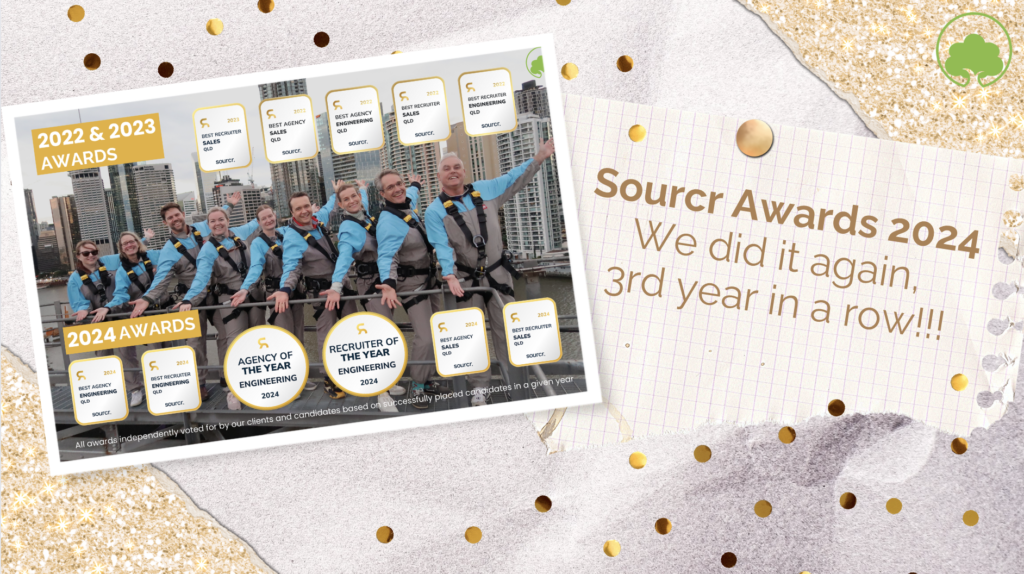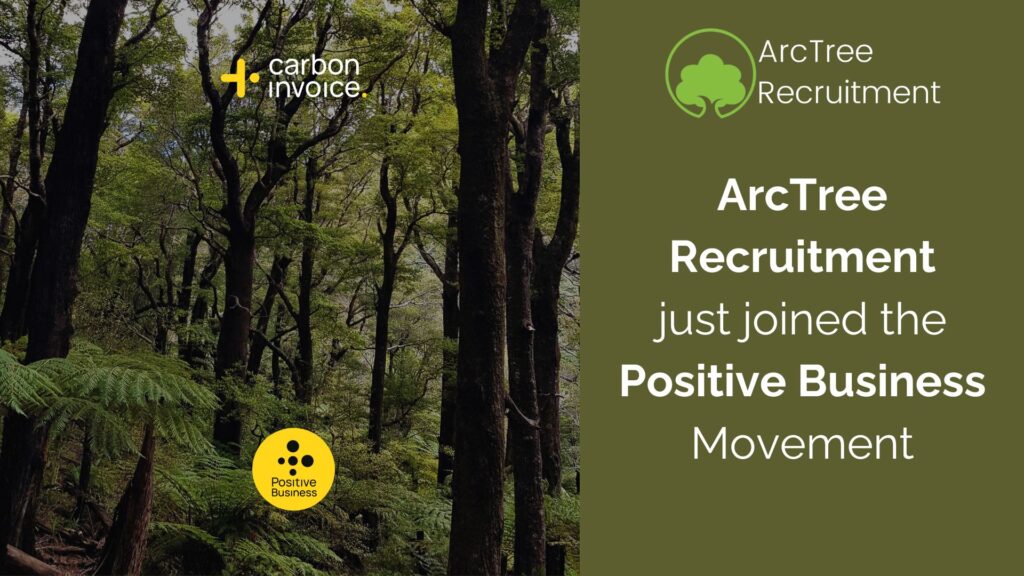By Kirsten Robb
The importance of finding the right employee from the start may seem like common sense, but is there a smarter way to reduce the time and money you spend hiring staff?
The answer is data, according to Greta Roberts, chief executive officer and co-founder of Talent Analytics.
Roberts says data can illustrate and even predict employee attrition, or “employee churn”, and can save your business enormously in the long run.
“Employee churn is actually extraordinary expensive,” Roberts tells SmartCompany via phone from Boston. “When you actually graph it out and look at it analytically, you see the massive amount spent on on-boarding, finding staff, training them and a lot of a manager’s time.”
Roberts’ team at Talent Analytics has collected data from a wide range of companies across the globe and they’ve shown – much like customers – it is much cheaper to retain an employee than it is to find a new one.
A 2008 study showed Australian employers were losing $20 billion per year on staff turnover.
Roberts tells SmartCompany how basic data analysis can bring employee churn to a grinding halt in five easy steps.
1. Work out what you really want an employee to do
“Do a lot of work up front and think, ‘what does this person need to do when they get here?’” says Roberts. “Not whether I like them, not what university they’re from or what degree they have. But what do you need them to do?”
Roberts says humans are typically biased and employers tend to think that if they like someone, then they’re going to do well, regardless of their skills. “Liking someone doesn’t necessarily relate to how they’re going to do in the job.”
She says employers, especially SMEs, need to make sure everyone in the company is in agreement about what the employee should be doing in the role and avoid giving mixed messages about the role’s function and requirements.
2. Start collecting data now
Roberts says employers should start collecting data about employees straight away. She says start and finish dates are important to record, but so are performance quality data and the motivation staff may have for leaving.
“As much as possible, try to understand why they’re leaving,” she says.
Roberts says it is important to give employees the opportunity to say why they’re leaving in a comfortable space, so that you can track any emerging trends. She says methods such as surveys will often yield better information than exit interviews because employees don’t feel as immediately uncomfortable about leaving.
It is important to quantify an employee’s performance as unbiasedly as possible, says Roberts. Whether or not you liked them is irrelevant to how successful they were in the role.
“Take an analytics approach. You’ve got to compare apples with apples,” she says
3. Graph it out
Roberts suggests putting all the data into a spread sheet or a database and then graphing out what you find.
“Eventually you’re going to start to see some trends,” she says. “Start collecting what you do have, so even if you don’t have it today, a year from now you will.”
This empirical evidence will help a company understand its hiring trends separate from its internal culture. Roberts says many companies feel guilty and assume staff turnover is a sign that they are at fault.
“A lot of organisations think, if I just give more training, if I just give more mentoring, more coaching, then [the employee] will be better. So the organisation takes on the responsibility for performance.”
“I think if you get the right person in the job that’s enthused about the role, then they will do a lot of their own training, take on a lot more responsibility themselves.
“So instead of throwing more training at someone who doesn’t have the right mindset for the role, find the person that has the right mindset and your training dollars will go down.”
4. Create predictive models
Roberts suggest looking at data role by role. The minimum size to really begin seeing trends is about 40-50 people in the same job.
She says the model needs to focus on the outcome the business most cares about. So, if you want to predict a staff member who will last longer than 12 months, then you must input the amount of time employees stay at the company. If you want to predict people who sell above 100% of their target, then you need to input current net sales performance in the model.
“If you find the people that are doing well, try to find out what it is they have, and then try to find more people like that,” says Roberts.
She also says it is just as important to look at bottom performers, as well as top performers, to see what sort of person works and what sort of person doesn’t work within your company.
5. Apply your model to recruitment
Once you have found a model that predicts your best employees, you can then use it to employ the right people. But Roberts says companies often don’t know how to apply the model to the recruitment process.
One strategy that Talent Analytics uses is to use questionnaires. If you find top performing staff members have a certain type of mindset, ask job candidates to fill in a questionnaire measuring how they stack up against the desired mindset.
Roberts says that while data can point to many employee trends, it will always rely on an employer’s expert opinion to anticipate all the different variables involved in hiring staff.
“Some people may get a little afraid and think the robots and the models are taking over, but it’s not the case. You need an expert opinion to say, ‘well that’s what the model says but we’re going to go against it’.”
“What’s cool is that once you have [the model] set up, then you can really watch to see how the model performs versus how the expert opinion performs.”











